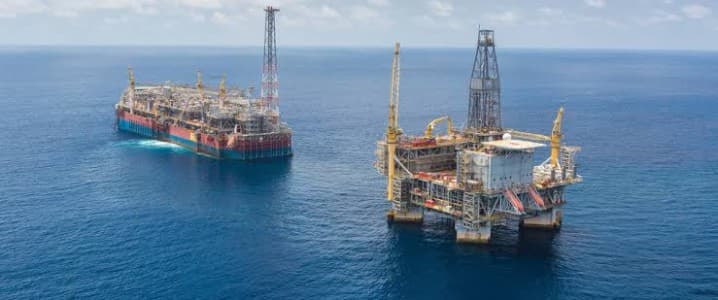China has long been building inroads into Africa, while the U.S. backs down from the region, leaving a gaping hole in the West’s influence over the “final frontier”. Now, however, we’re seeing all that soft power and oil-backed loans fizzle out as various think tanks note that China is increasingly choosing Arab oil over African crude.
Back in 2002, at the end of Angola’s 27-year civil war, the central African country pioneered the so-called “Angola model” wherein it received oil-backed loans from China to finance the building of roads, hydroelectric dams, railways, and the like. It didn’t last very long, though. Unfortunately, this model did not last long. Indeed, as the Carnegie Endowment for International Peace has noted, Angola has fallen down the list of leading crude suppliers to China as Beijing has increasingly turned to the Arab states of the Gulf Cooperation Council, Russia, and other Asian countries.
While Angola was the No. 2 exporter of oil to China in 2010, second only to Saudi Arabia, by last year, it had plummeted to No. 8, as reported by the South China Morning Post (SCMP).
The Angolan Model worked just fine in the early years, with SCMP citing Boston University data showing that between 2000 and 2022, Angola borrowed a whopping $45 billion from China, repaying some of it in oil. But when oil prices crashed in 2014 at the peak of the shale boom, Angola found itself having to pump much more aggressively in order to pay its Chinese debts in one of the many stories of pitfalls of Beijing’s easy money. It was an impossible task for Angola.
Angola–and other African oil producers–have a hard time luring investors to further develop its oilfields and boost infrastructure. And while initially there was a significant amount of excitement on the part of the oil majors for the country’s massive deposits, (think: BP, Exxon, Chevron), the deterrents remain, including unfriendly tax regimes, corruption and, in some cases, lack of security for assets.
Angola has repeatedly failed to even meet OPEC production quotas.
Today, Angola is one of the smaller OPEC producers, pumping ~1.15 million barrels per day in November, good for 3.0% of OPEC’s daily output at 38.19 million barrels. Angola’s production when it joined OPEC in 2007 clocked in at 1.66 million b/d, peaking at 1.88 mb/d a year later. From there the country’s output somewhat plateaued, dropping slightly to 1.80 mb/d by 2015 before going into a steep decline in the subsequent years.
Angola’s current level of production is slightly higher than its OPEC target of 1.10 mb/d. Relations between the South African country and OPEC came to a head last year when OPEC gave the green light to the United Arab Emirates to increase its production by 200,000 barrels per day (bpd) to 3.2 million barrels in 2024, but lowered Angola’s quota slightly in-line with Angola’s declining production. The move has not gone down well with Angola.
And in the meantime, China has increasingly turned to more predictable production infrastructure of the Gulf countries and Russia. As the Carnegie report notes, “Imports increased by over 40 per cent for nearly all of China’s top oil trade partners in Asia, with the exception of Iran, whose oil is transshipped via countries such as the United Arab Emirates (UAE) and Malaysia,”
Similar to Angola, aging oilfields have been a major cause of the decline in production by many African producers, mostly notably, Nigeria, but also smaller producers such as South Sudan, whose oil development is in a constant state of stop-and-start, most recently due to an ongoing civil war in neighboring Sudan.
And now that supermajor attention is shifting to other offshore venues, such as Guyana and Namibia, the traditional African players are being left further behind. With the exception of a discovery in Block 15 offshore Angola in 2022, Exxon has been silent on Africa.
China has moved on, and it’s pivoting heavily to the GCC, aggressively seeking energy tie-ups with Saudi Arabia, UAE, Bahrain, Kuwait, Oman and Qatar.
Last year, according to data published by China Daily, China imported ~200 million metric tons of crude oil and 18 million tons of LNG from GCC countries. That figure represents one-third of China’s total oil imports and around one-quarter of its total natural gas imports.
And it’s not just about fossil fuels, either. China is targeting GCC tie-ups in the renewable energy sector, as well as in nuclear.
Huang Mingang, the chief economist of China National Nuclear Corp, told China Daily that Beijing is “leveraging its comprehensive nuclear industry supply chain and technical service capabilities to provide Arab countries with integrated nuclear energy solutions and full life cycle services”.
The West lost to Chinese soft power in Africa, and now it stands to lose ground in the GCC, as well, but the battle for this region rages on, and Washington still has plenty of leverage here.

